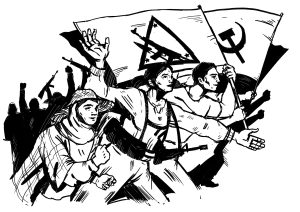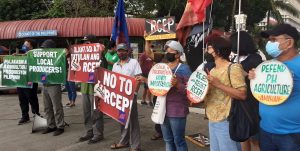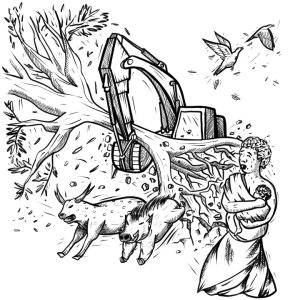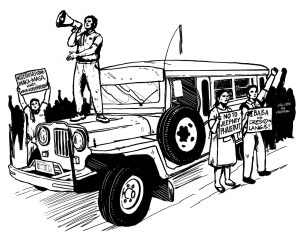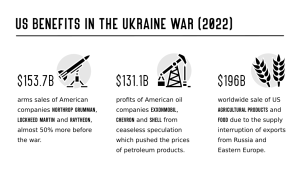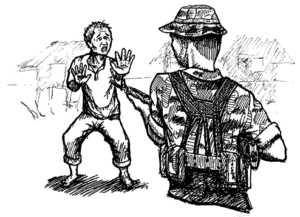Panay’s toiling women suffer unemployment and wage slavery

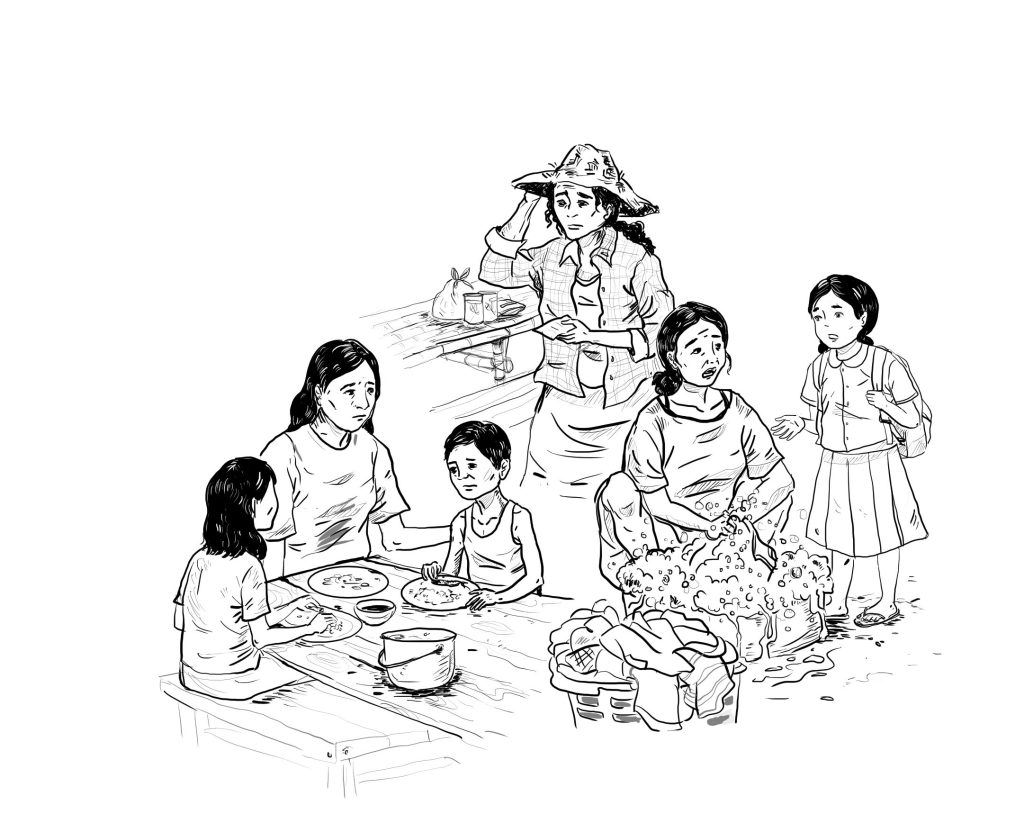
Panay farm worker Vina’s wage start at ₱270 per day. This is lower than the daily wage of men farm workers which is at ₱350-₱400 for a day of toiling in the farms. In the island, majority of the farmers, women and men, do not receive the government mandated ₱410 daily wage for agricultural workers in the Western Visayas.
It has been a long time since wages for Vina and farm workers like her were increased. Big landlords in the island disregard the mandated wage increase by the Department of Labor and Employment on April 2022. In collusion with the state’s economic officials, they justify this by saying that the meager wage increase is “harmful to the economy.”
Ferrylyn, a cashier, and Rosario, a canteen helper, have a slightly higher daily wage of ₱300. Nevertheless, it is far from the ₱450 mandated minimum wage in the region for non-agricultural workers. The two are part of the service and retail subsectors wherein a third of women workers of Region VI are part of. Like Vina, their wages did not increase despite the DOLE order.
Like in other parts of the country, a big number of women who are considered “employed” are in the “informal sector” or engaged in irregular and insecure jobs, and who receive paltry or even zero wages. One of them is 66-year old Lola Dolores, who earns ₱50-₱100 per day from hawking balot and penoy. The sector includes women working in manual and unskilled jobs who compose a third of “employed” women in the region. One of them, Ariel, earns ₱150 for a day of doing laundry. Manicurist Rosana, another Panayanon, meanwhile earns ₱120 per day.
But the biggest number of women in the island are those not recorded in the statistics of the labor force and are considered as “unproductive” by the state. Data for 2020 in Western Visayas, the region which includes Panay, said the labor force participation rate was 58.7% or 3.1 million of the population aged 15-years old and above which was 5.4 million. Of this number, only 1.1 million (35%) were women. Compared to 33.8% of males, more than half or 66.2% of women in the region were not in the labor force. This is a reflection of the unequal opportunities for decent jobs for the large number of Panayanon women.
One of them is Virgie, a housewife who helps her husband in providing for their family. To contribute, she accepts oddjobs which can earn up to ₱200, depending on the season. Other housewives like her raise animals in their backyards and plant for additional food.
Even as the number of women in the labor force is already low, the number of employed women is even lower. In the region, 63.2% of those employed are men while only 36.8% are women. Meanwhile, 41.4% of the 183,000 unemployed in the region in 2020 were women.
Panay’s toiling women do not have a choice but to tighten their families’ belts in the face of the unending skyrocketing of inflation. For the month of February, inflation was estimated to reach 9.3% from the already high 8.7% in January. To cope with the already large deficit, almost all women borrow money. Microfinancing companies then exploit their desperation to further bury them in debt with high interest rates. These loans are paid daily or weekly.
Like the toiling men, with or without work, part of the labor force or not, toiling women in Panay demand regular and decent jobs, wage increases and lower prices of commodities.
(Read the related article on the situation of the people in Western Visayas in the previous issue of AB.)

